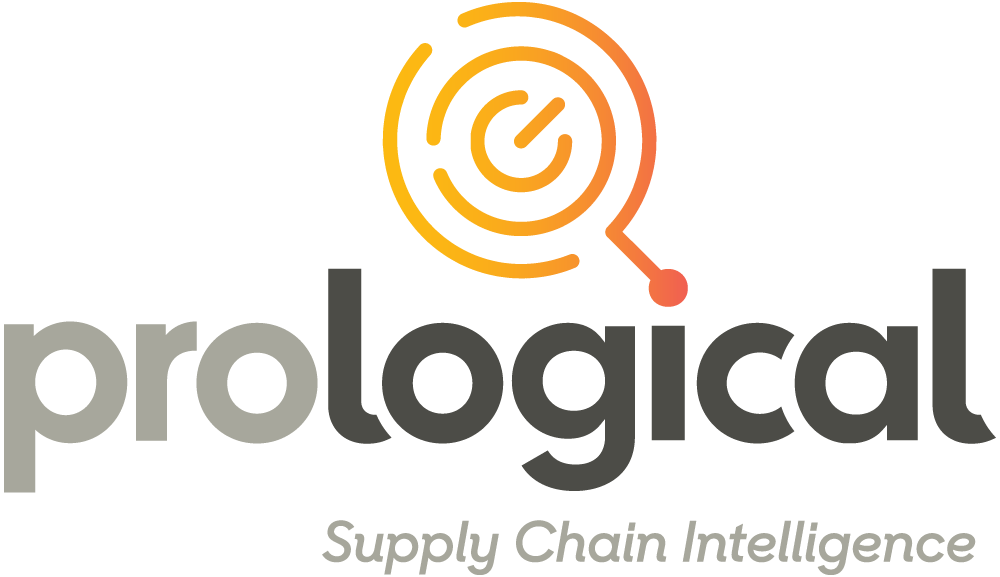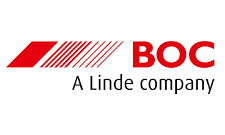Project 1. Inventory optimisation
The first of three engagements, the main objective of Project 1 was to reduce the amount of inventory in the network, especially the regional DC’s.
To achieve this outcome, extensive collaboration was undertaken with key suppliers, significant investment and focus on forecasting, and reconfiguration of fulfillment processes with a transition towards direct fulfillment from supplier to farm, wherever possible.
At the time, this was a new initiative within the sector and has since been adopted as standard practise. This project also involved a preliminary roll out of POS within our clients’ stores.
The degree to which this project changed the network operations led to two subsequent projects.
Project 2. National Freight Redesign
As a result of the work completed in Project 1, and the subsequent sale of the company, the transport requirements in each region were now very different. Our second project was to design national freight capability aligned to the new order fulfilment processes and channels delivered in Project 1. Undertaken in four phases, each focused on one geographic region: WA; VIC/SA; NSW; and QLD.
While reducing carriers was an objective, this project highlighted the intrinsic value of the town-based carriers in regional and more remote areas. Carrier numbers were reduced in some areas, the key outcomes were significant reductions in freight costs (through new processes and leveraging ever evolving load capabilities) and a lift in service levels by aligning carrier tasks to fulfilment requirements.
Our client believes their improved capability stood out in contrast to their competitors and supported strong market growth.
Project 3. Systems and processes
Having re-aligned their functional supply chain, our client determined it was necessary to update their supply chain systems capability and chose to implement SAP WM.
Our third project was in support of an internal team creating the functional requirements for operations and, in turn, defining and documenting the functional requirements of SAP WM.
For our team, the focus of this work was in VIC, NSW (north to Young and then west), and in SA (Maclaren Vale then south to Mount Gambier). It was thought there would be few processes nationally that were not represented in this geography.
The outcome of this project was the presentation of a ‘book’ of process maps and process descriptions aligned to SAP WM standard functionality where possible, and where SAP WM modification were required.
Bespoke functionality was mainly around storage and transport of DG’s, split fulfillment orders and store transfers.
This project also included the specification development, tendering, selection and roll out of a ‘best of breed’ (at the time) freight management system integrated into the ERP system.

















